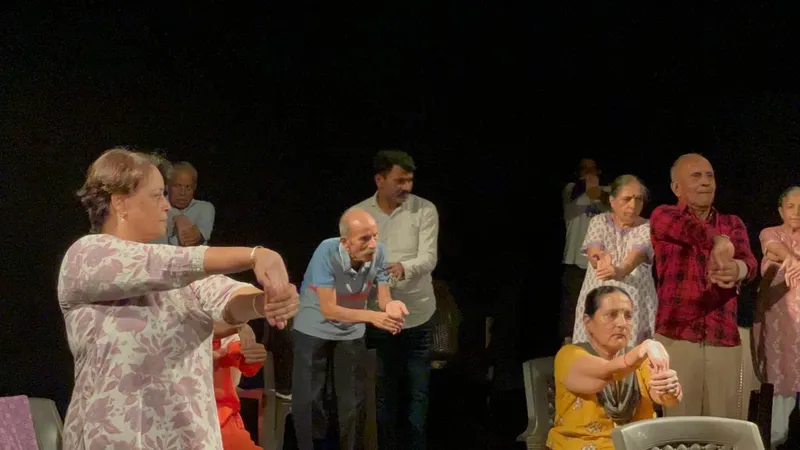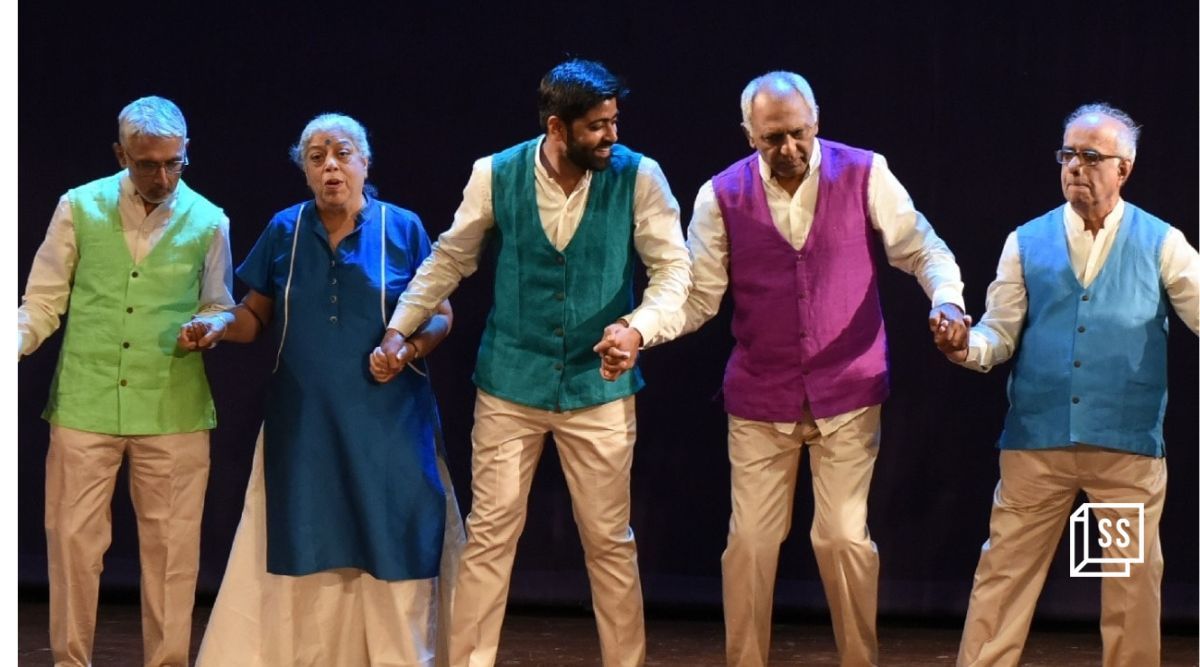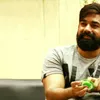Pune-based dance group is helping Parkinson’s patients with dance therapy
The Hrishikesh Centre for Contemporary Dance, run by Pune-based choreographer Hrishikesh Pawar, offers free dance classes to Parkinson’s patients to help them improve balance, flexibility, and coordination, and is busting the stigma around the disorder.
As the clock strikes 9 in the morning, the Hrishikesh Centre for Contemporary Dance in Pune is lit with hearty giggles and happy faces of many older adults. These elderly people have Parkinson’s disease, a condition which affects how the brain communicates with muscles in the body.
One of the students, Gopal Narayan Tiruthali, an 82-year-old man from Pune, dresses up in the best of his clothes, gathers all his energy and excitement, and goes to the dance class every Monday, Wednesday, and Friday, without a miss.
Tiruthali, who has been suffering from Parkinson’s for the past 22 years, was struck by COVID-19, which worsened his condition. His wife, Shobhana Tiruthali, who accompanies him to the dance class, says, “Post-COVID, he could not even move. In 2020 we started this dance class hoping to see some change in his condition. Initially, he used to sit on a chair and dance, but now he can stand alone straight for an hour.”
Founded in 2009, The Hrishikesh Centre for Contemporary Dance, run by Pune-based choreographer Hrishikesh Pawar, offers free dance classes to Parkinson’s patients to address PD-specific concerns such as balance, flexibility, and coordination along with busting the stigma around the disorder.
“This dance class focuses on building the confidence of people with Parkinson’s by normalising their health condition. It aims at community building so that these people have a sense of belonging along with helping them in improving balance and coordination,” says Pawar.
Tryst with dance

Hrishikesh Pawar
Pawar was born to a conservative family in Pune, where dancing was not considered a viable career choice. Being an introverted child, he never came to the center stage. However, when he started participating in various curricular activities in performing arts, he began gaining acceptance and validation from the people around him. With this started his tryst with dance.
He recalls that when he was in 11th grade, he started learning Kathak. However, he left it as there were not enough male kathak dancers in Pune. After watching a German documentary based on dance, he was inspired to pursue dancing professionally.
In 2005, he moved to Germany to pursue Masters in contemporary dance. In 2008, Pawar returned to India to fulfill his dream of teaching dance. However, contemporary dance was not well-known in the dancing community then.
“I thought people would go gaga over me, but everything went topsy turvy. Classical dancers did not understand my dance, and the ones working commercially did not think my dance was commercial enough. So, I started taking the jobs in the field of dance that came my way,” he says.
During this time, he got to work with the underprivileged children in Pune and trained more than 1,000 children.
In 2009, Pawar started the Prayatna film festival to make people aware of contemporary dance. He held a special screening of Why Dance for PD by Brooklyn-based Mark Morris Dance Company, which was attended by the Parkinson’s Mitra Mandal group.
Later Pawar and the Parkinson’s Mitra Mandal group collaborated with the Sancheti Orthopedic Hospital to start the programme to teach dance to Parkinson’s patients.
The pilot project ran for three months in the Sancheti Orthopedic Hospital, but then Pawar decided to open a dance studio to make the patients feel normal when they came for the class. During these three months, Pawar stayed in close touch with the doctors to know more about the disorder and how movement can be helpful to such patients.
Dance to bring social change
Starting with a dry run of three students, Pawar now has 25 students attending the classes offline and around 35 people who participate in online sessions. He runs two batches—from 9 to 10 am and 4 to 5 pm, thrice a week. To make these classes more inclusive, Pawar has opened a batch to the Parkinson’s patients over 50 years.
Pawar’s dance group is affiliated with the Mark Morris Dance Group (MMDG) and the Brooklyn Parkinson Group (BPG), which started offering free dance classes for people with Parkinson’s in 2001.
Maithili Bhupatkar had undergone a teacher training course at MMDG, New York, before joining Pawar as a programme facilitator.
Pawar explains that the classes start with an essential warm-up on Bollywood songs as he wants the people to relate to the music. Since he focuses on contemporary dance, he teaches basic movements of jazz, ballet, and other contemporary forms.
There are four facilitators who help him in the classes. The programme facilitators integrate movement from Indian classical and modern dance, focusing on improving balance, flexibility, and coordination. Pawar’s class consists of varied types of patients—some do not need physical support, while others require physical assistance.
Pawar recalls the first year was very challenging for him as many women and men were not ready to dance together. He adds that initially, they faced much resistance from the families as well.
“Some family members were skeptical if dancing could really help the patients,” Pawar says. But he and his team counselled the family members and convinced them to give it a try.
Calling India an “instructive country,” Pawar says that people with Parkinson’s are already trying their best, but their condition can sometimes be complicated for people to understand.
“Parkinson’s in India is still seen as a taboo disorder because of which people suffering from it try to hide from the world. However, this dance class makes them feel at home, which is the one achievement I am most proud of,” he says.
Plans ahead

Starting this year, Pawar plans to make his classes available Pan India to increase the programme’s reach. He intends to open dance centers and conduct online classes in Bengaluru and Mumbai by August. He is also training dancers interested in exploring dance as a career option.
Pawar uses the money received from other classes to keep the studio running. However, he says that he needs more resources and access to better studios. He believes that dance has been a survival skill for him, and he wishes to spread awareness about the wonders that dance could do.
Sixty-nine-year-old Sarojini Kurtkoti, who has been caring for her husband Ashok Kurtkoti, says, the dance class has not only improved her husband’s condition, but has also given them a sense of purpose.
“My husband’s stiffness and balancing skill have improved after the class. He cannot stand for long hours, so he sits on a chair to dance, but he makes it a point to never miss the sessions,” she says.
“Hrishikesh has given us a two-week break, so he gave drawing books to all the patients so they can work on their hand movements. My husband is so excited that he started drawing the first day itself,” she adds.
Pawar believes that many people in the class have improved in balancing themselves and getting out to socialise. “The fact that these people follow a schedule to get ready, wear nice clothes, and come to the dance class for the last 14 years has been an achievement for me,” Pawar says.
Edited by Megha Reddy












